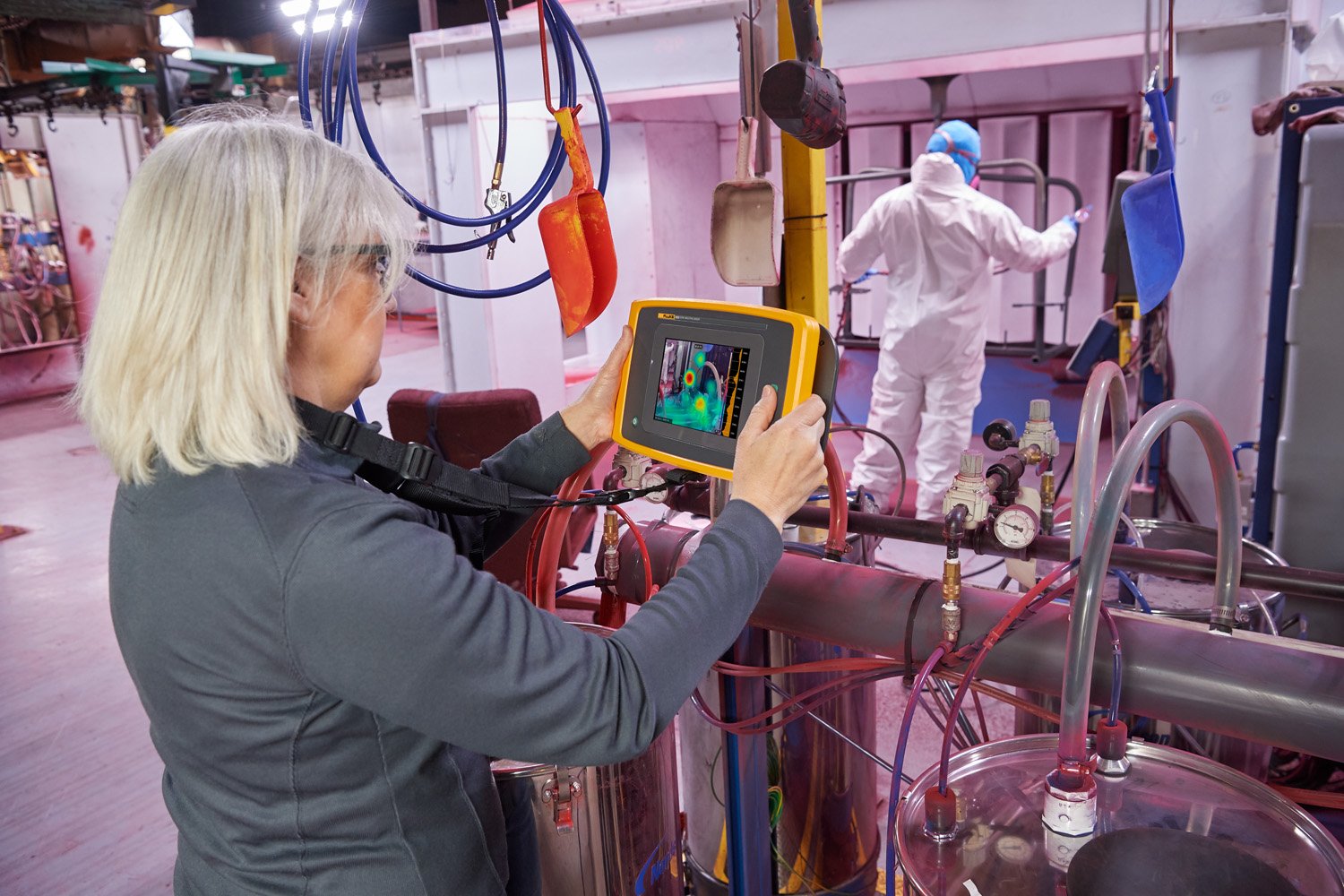Compressed Air Nitrogen
Star Calibration has perceived the significance of item hazards by observing the air against quality norms, testing, giving precise outcomes and prompting the danger factor to the customers. Testing and observing of compacted air and other cycle gases such nitrogen, oxygen, argon and carbon dioxide that come into direct contact with drug items is essential to guaranteeing the quality and security of those items. Packed Air approval is a basic part in the creation of the drug business and impacts on the nature of the finished result. It is utilized by agents working in various mechanical areas including oil and gas, Pharmaceutical, Manufacturing, atomic, plunging and in clinical applications. Pressure of surrounding air thinks the ordinary foreign substances effectively present noticeable all around and can likewise present different toxins, for example, Oil fume, Condensed water and Bacteria.

Star Calibration approves Compressed Air in a wide range of businesses as the interest for packed air quality relies upon its use, we can likewise approve Compressed Air in certain ventures where they require incredibly top notch air alongside Breathing Air Validation, Instrument Air Validation, and Nitrogen Gas Validation.
Packed air will be air held under a pressing factor that is more noteworthy than barometrical pressing factor. It fills numerous homegrown and modern needs. Compacted Air is an indispensable fuel source and is used in different tasks in enterprises. At the point when appropriately treated, Compressed air is viewed as a protected, clean utility, when contrasted with other fuel sources. Compacted gives the fuel source to pneumatic transports that transport fluids, powders, and dampness touchy items all through the plant.
The Quality of Compressed air is important to ensure that product is safe. The most important parameters in specifying Compressed air quality are:
- Non Viable Particle Count Test
- Oil content / Moisture Content
- Nitrogen Oxide (NO + No2)
- Hydrogen Sulphide (H2s)
- Sulphur Dioxide(SO2)
- Carbon Monoxide(CO)
- Carbon Dioxide(Co2)
- Dew Point Temperature
- Water Vapour
- Oil Mist
